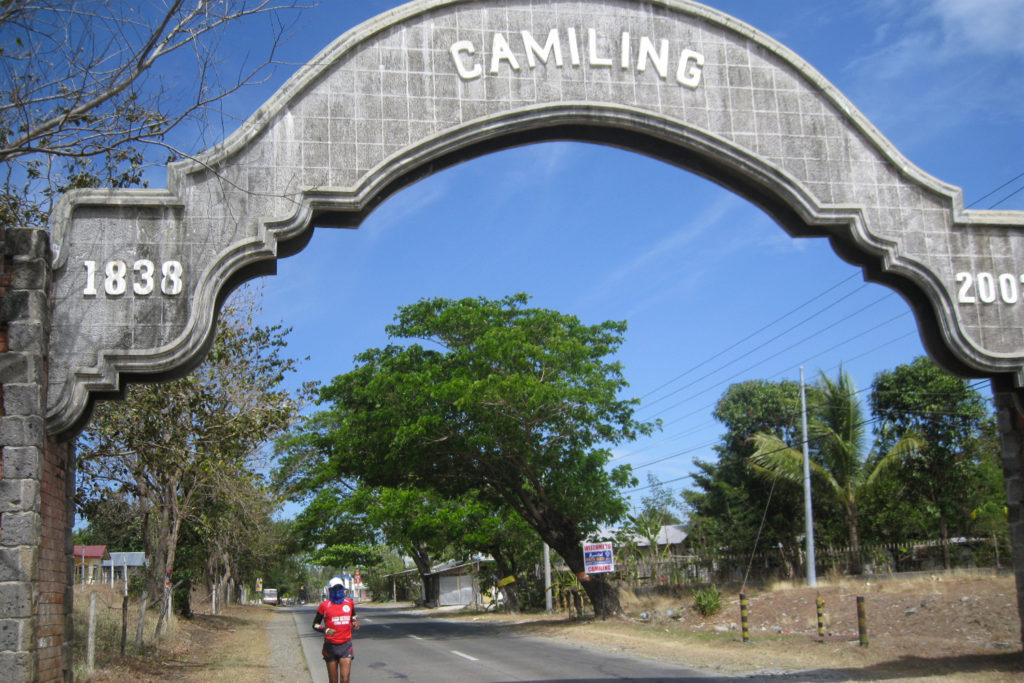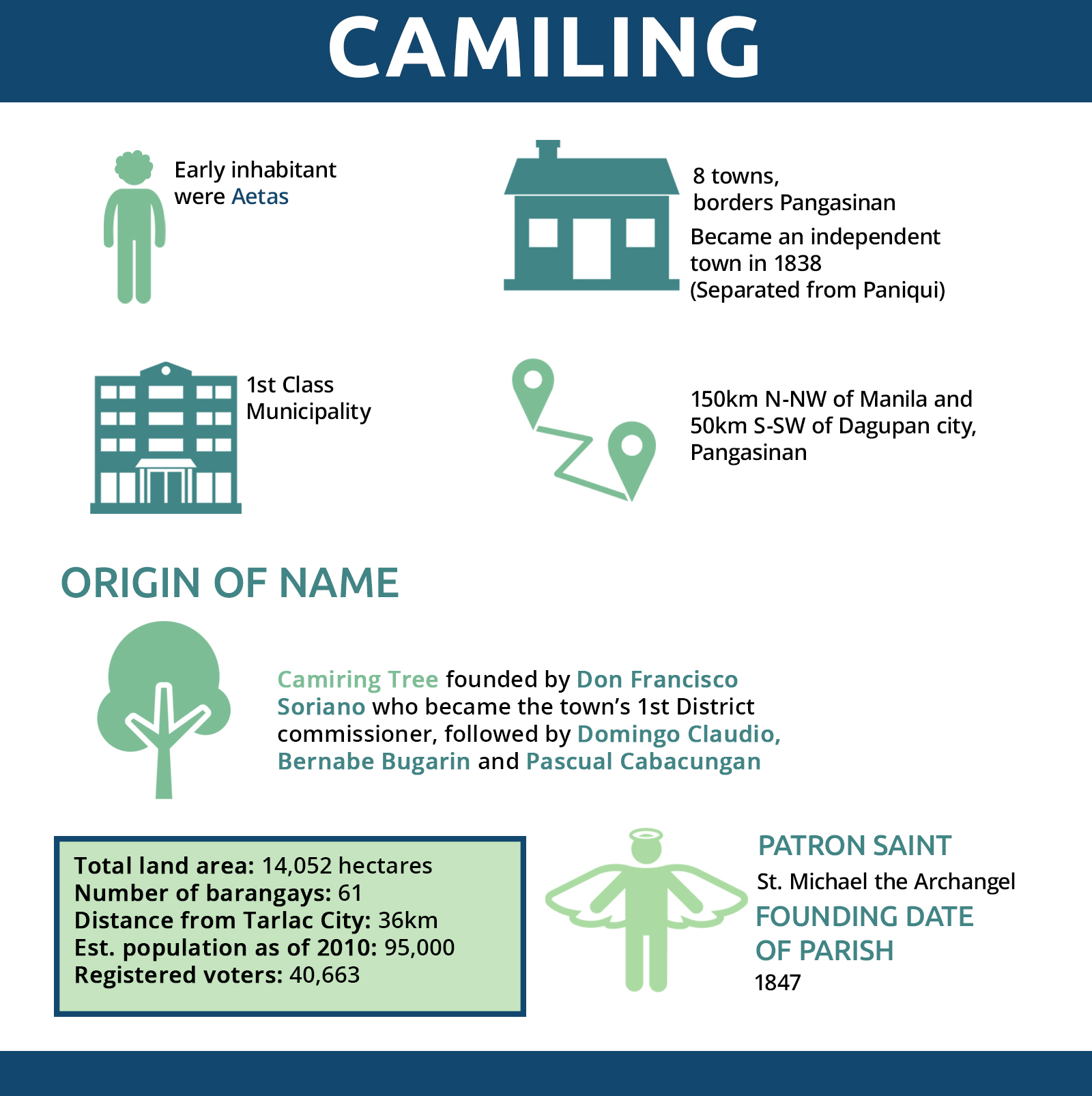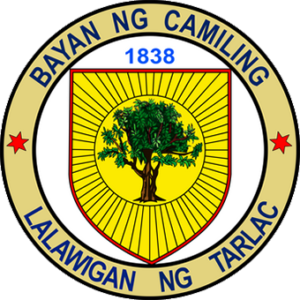On the western reaches of Tarlac Province lies the historic town of Camiling. Early in the eighteenth century, this thriving community was a sitio of Paniqui, contrary to the popular belief that it was a a part of Bayambang, Pangasinan. The discovery of a Spanish document in 1937 attested to the fact that it really belonged to Paniqui. Further evidence shows that in the same document, it was stated that the inhabitants of Camiling paid their tributes to Paniqui. In the beginning, the community was a vast area of cogon growth interposed with thick forestalls areas stretching far as the Zambales mountain ranges. A wide river cut peacefully through it.
The early inhabitants of the place were known as “Aetas” who depended as for their living on fruit trees and by hunting and fishing. With the coming of the Pangasinenses and lIocanos from the north ,the “Aetas” who used to roam freely in the wilderness obliged themselves to move in to the interior. The new settlers first occupied the swampy land, now known as “Cacamilingan” on the opposite side of the river. With the passage of time, these settlers moved to the opposite shore considering that most often, disastrous floods were visiting the present site. To this new location, the residents therein built a little church or “visita” with the villagers taking “ST. MICHAEL” as the Patron Saint.
The town Camiling owes its name after the name of a tree called “CAMIRING” which grew abundantly in the wilderness. The letter “R” in ‘CAMIRING’ was changed to “L” for its liquid sound. As this settlement attained progress, CAMILlNG became a District Commission from 1834-1837. It was founded by Don Francisco Soriano, an adventurous barangay leader who incidentally became the town’s first District Commissioner, followed by Domingo Claudio, Bernabe Bugarin and Pascual Cabacungan.
In 1838, Camiling became an independent town, formally separated from the mother town of Paniqui and with Don Vicente Galsim as the first Governadorcillo. Thirty-eight (38) others followed him. Don Buenaventura Torres was the last to serve under the Spanish regime and the first Presidente Municipal under the Revolutionary Government by Aguinaldo. Of historical importance, the Camiling Catholic Convent was the death place of Gen. Pedro Pedroche and his men for being accused as rebels.
CAMILlNG is a first class municipality in the western part of the province of Tarlac in the Philippines. It is about 150 kilometers north-northwest of Manila, and about 50 kilometers south-southwest of Dagupan City in Pangasinan. It is the commercial center of an area composed of about eight (8) towns, and borders the Province of Pangasinan. It is the gateway to central and western Pangasinan through the Romulo Highway (formerly Highway 13). It borders San Clemente on the west, Bayambang from the north, Sta. Ignacia and Mayantoc to the south and Paniqui by the east.
OTHER FACTS AND FIGURES:
Total Land Area: 14,052 hectares (140.50 square kilometers), greater than the combined area of Pura, Ramos and San Clemente
Total number of Barangays: 61
Distance from Tarlac City – 36 Km
Estimated Population as of 2010 – 95,000
Registered Voters: 40,663 (2010)
Founding Date of the Parish: 1847
Patron Saint: St. Michael the Archangel
Market days: daily



